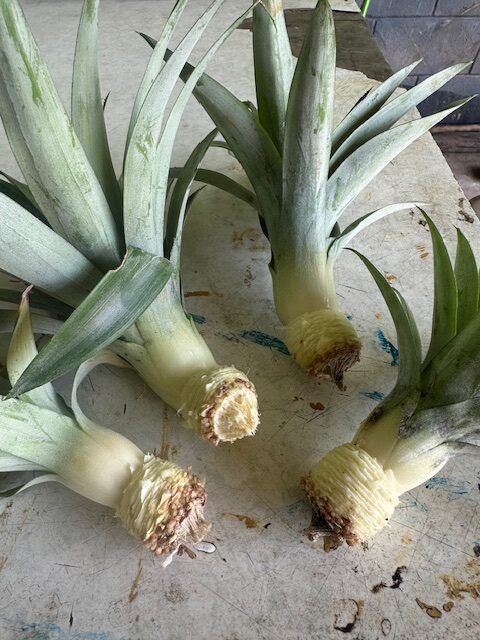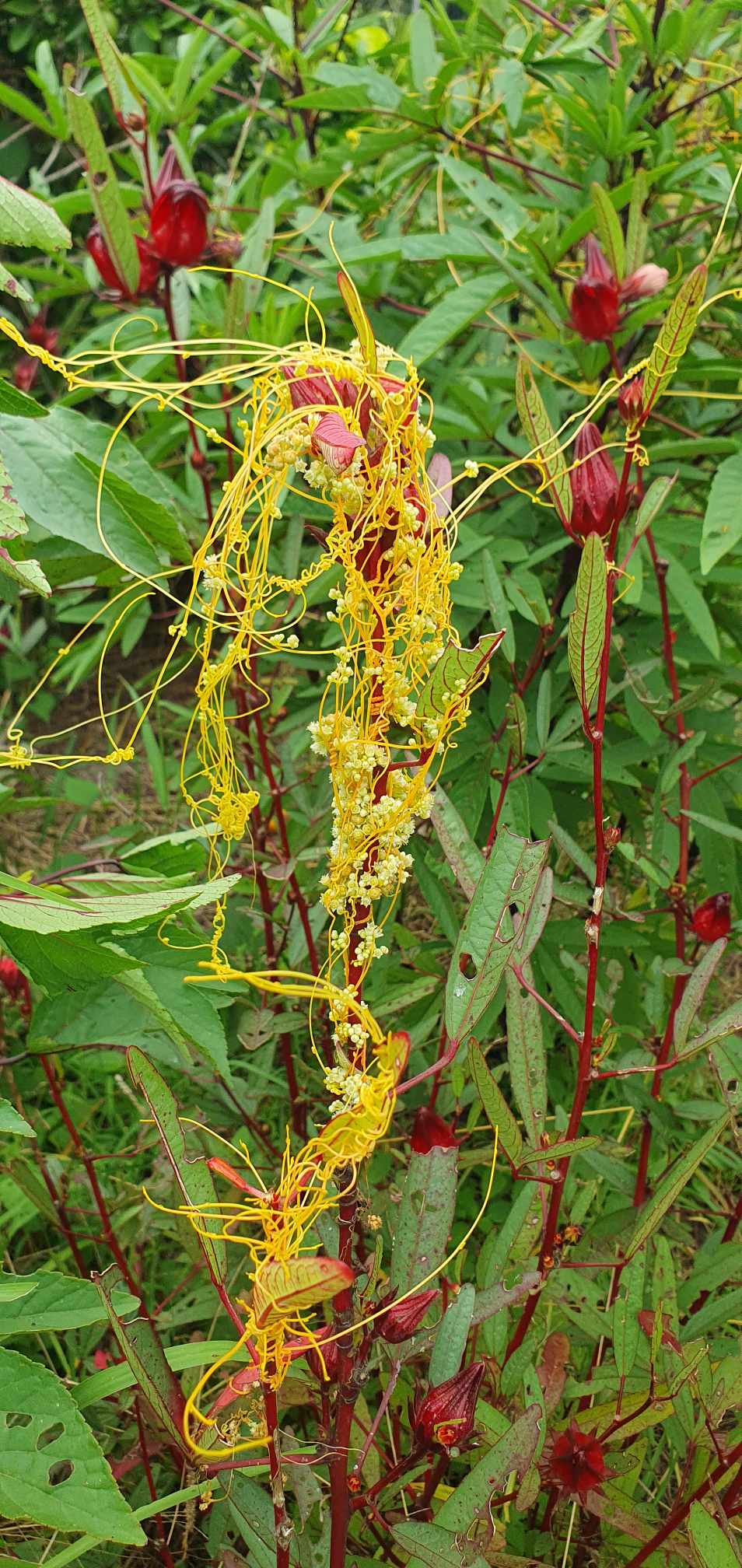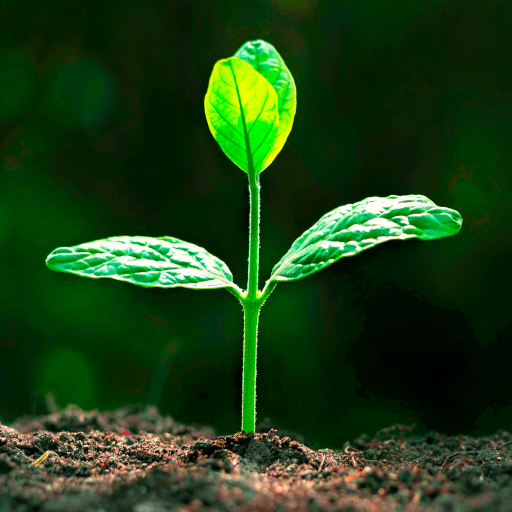Every meeting we get a few newcomers to the group, which is lovely to see. Over lunch we had a brief discussion about a future 1st Monday of the month gathering with Guest Speaker. March 3rd, we’ll have Dr Shane Simonsen presenting a talk and then in April or May, we’re hoping to have Aaron Meyers from Lulu’s Perch present to us. These talks will incur a fee. We usually charge $2 per person for any meeting, but for the Monday night presentations, we’ll charge $2 for members and $5 for non-members. You are a member if you are registered on the Website. If you plan on coming along, and you aren’t registered, then please consider doing so. I am still trying to encourage people to use the website forums to discuss permaculture related topics.
Our round table discussion started with Lucy (myself) giving a brief overview of bunya preparation. It’s bunya nut season and these are such a great local food source. I’ve been enjoying them as flatbread, cakes, hash browns and in stews. https://gympiepermaculture.com.au/docs/bunya-nut-process-and-a-recipe-to-try/ gives some information. Bunya Nuts – Gympie Permaculture this forum includes a recipe for my flatbreads! I also discussed perennial capsicum, which I’ve been preserving a lot of lately. This is a small but prolific capsicum, and there will be seeds in the seed bank next spring if you want to plant them. A short discussion on chilli and capsicum cross breeding followed. If you don’t want your capsicum to become hot, make sure you don’t plant them too close to chillies. If you do and they are flowering at the same time, it is possible to cover the capsicum flower and self pollinate them. I think it would be easier to plant them further apart!
Foz has been carting a pineapple in a pot around for years and it has finally fruited. They do take a couple of years. Some tips for growing them – they don’t like full sun as they grow, but they don’t mind humidity. They do like water and they like you to keep the weeds away. Some people (me) root them first in water, but Serge says this isn’t necessary and you can plant directly into the ground. Pull off some of the leaves at the base, like in the picture below and then plant them into the ground.

Pamela, as well as Namita and Adhuna are newbies who have moved to Chatsworth and are both just establishing their gardens. We look forward to seeing how they both progress over the coming months and years.
Tony has been searching for purple sweet potato and finally got onto one so has been sprouting and propagating shoots to plant out. Incidentally, Wendy delivered a box full of purple cuttings to the harvest swap! Tony’s been having great success by putting the potato in water to grow the sprouts and then he cuts them off and puts the cuttings into water and they are rooting very fast. However, it’s a little late in the season for planting them now, as the best time to plant sweet potato is September or October. Sweet potatoes can grow all year around, however they are best treated like an annual plant. You also need to be careful not to plant them in frost areas.
Eleni has returned to Gympie after being away for many years. She grew up here and is very keen to continue growing food on her family property. Her question was about avocadoes and how far apart to plant them. 4m was suggested, and also to be careful transplanting them as they don’t like their roots being damaged. Serge has had best success by planting the seed directly in the ground.
Renee has been busy mulching. She also made the comment that she would love a communal building for preserving etc. Regula said that that is the next plan of development for the Community Gardens. This would be a very valuable asset to have to enable all sorts of group activities around preserving food, teaching and sharing.
Melinda shared how she has just had an “attack” of Yellow Dodder. This is a parasitic weed that is relatively common around this region, apparently. Read a bit more about it here. https://weeds.brisbane.qld.gov.au/weeds/golden-dodder

Serge gave a description on how to best grow onions. Onions are very susceptible to weeds in the first few months. They hate competition and so it’s best to sterilise the soil first. He thinks that trays are too prone to temperature change and so prefers to sow direct into the garden.
- Prepare the entire garden bed for sowing seed direct. Prepare as normal with compost and any other soil amendments you normally do. Till well.
- Burn garden clippings, sticks and other organic rubbish on top of the prepared area. This kills any weed seeds and sterilises the soil in the top layer.
- When cold, rake away any residue and level the top.
- Sow the seeds in rows. Cover the seeds with 2 times the size of the seed.
- When they are roughly 20cm and 2 months old, transplant to thin out the rows. You should have allowed enough room in the initial preparation for the entire crop.
- When transplanting, wash the soil off the roots. If the roots are very long, you can trim them to make it easier to plant. If it’s hot when transplanting, you can also cut the tops a little bit. You should be transplanting in April – May if you plant the seeds now.
Please report back if you try this method for planting onions. You can get onion seeds from the seed bank. Seeds will be available at the 1st Monday of the month meeting, on the 2nd Saturday at the Mothar Mountain markets and then at the Community Gardens on the 3rd Sunday which is our regular get together.

